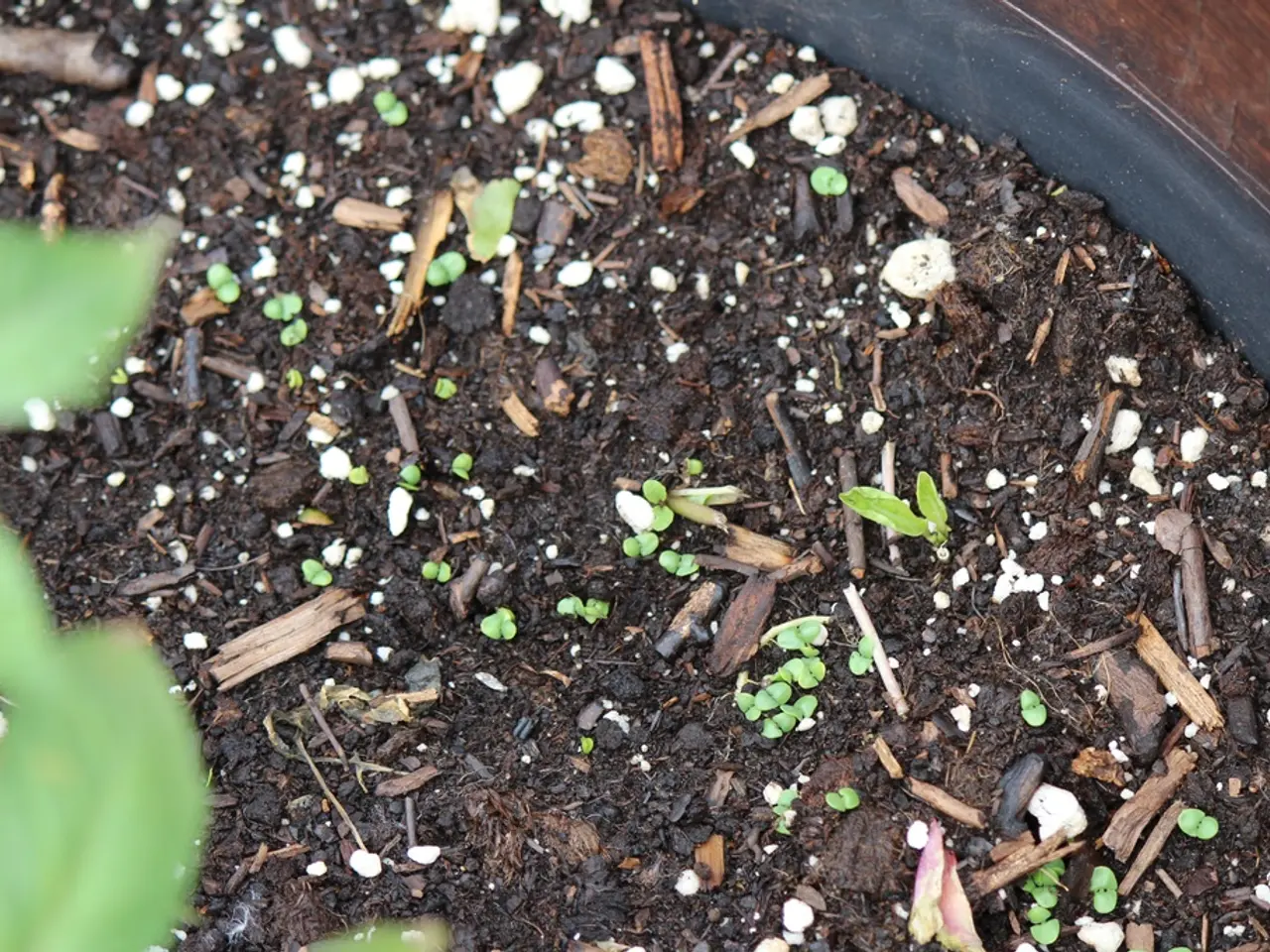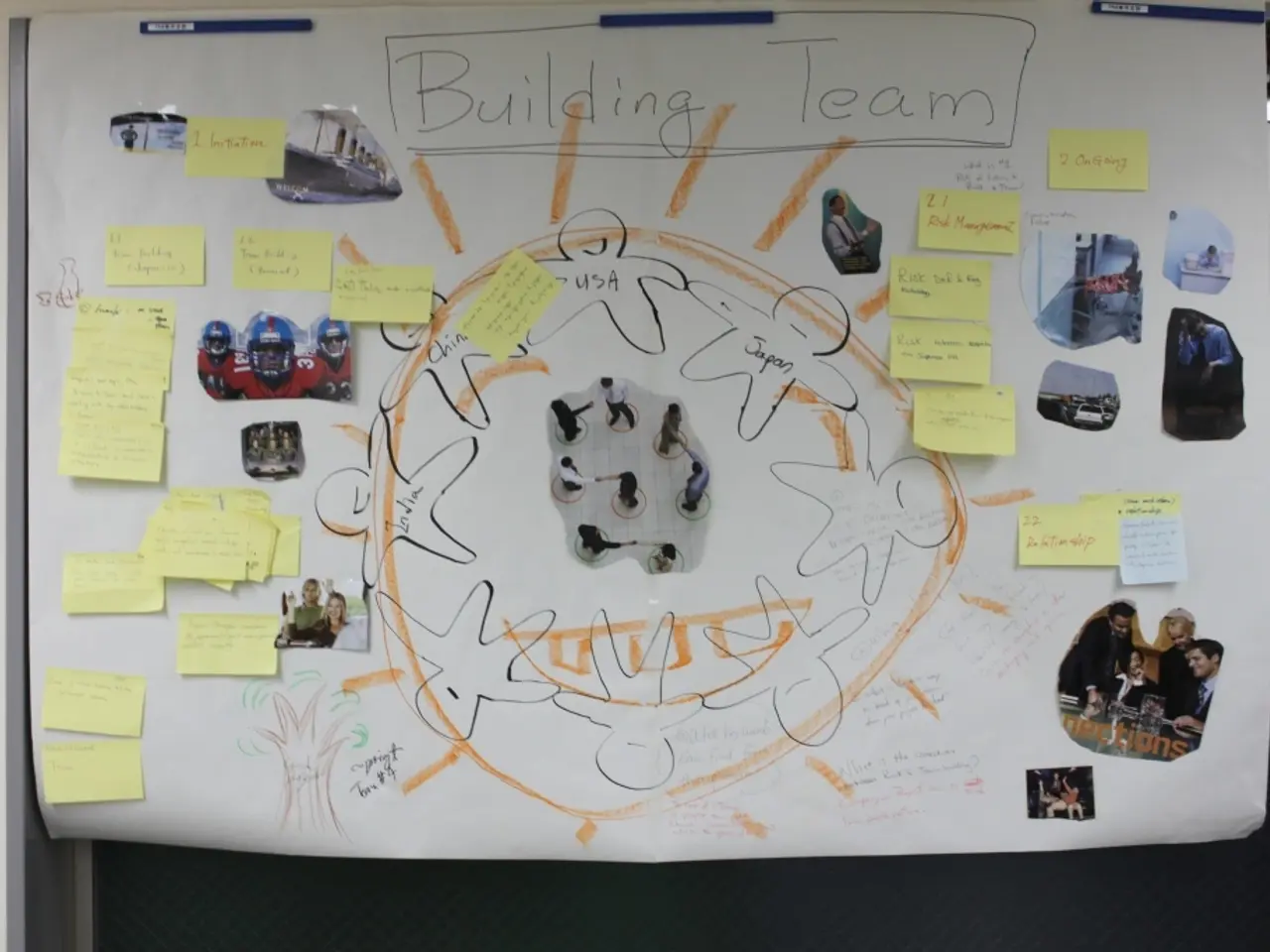Soil versus Plants: A Battle of Ion Levels
In the world of agriculture, maintaining healthy soil is crucial for optimal plant growth. Two key factors that significantly impact soil health are the concentration of ions and soil compaction.
High concentrations of sodium (Na+) and chloride (Cl-) ions in the soil can pose a significant threat to plant growth. These ions disrupt the ionic balance within plant tissues, damage cell membranes, and interfere with the function of essential enzymes. This leads to various physiological stresses that inhibit growth and reduce overall plant health.
- Osmotic stress and water deprivation: Excess Na+ and Cl- increase soil salinity, causing a drop in the soil water potential. Plants then struggle to absorb water, leading to dehydration and reduced cell expansion.
- Disruption of nutrient uptake: High sodium and chloride interfere with the absorption and transport of other essential nutrients, inducing nutrient imbalances and deficiencies.
- Oxidative stress: Salinity stress from elevated NaCl levels promotes the production of reactive oxygen species (ROS), which cause oxidative damage to membranes, proteins, and DNA.
- Enzyme inhibition and cellular damage: Toxic ion accumulation can impair enzyme activities and disrupt cellular signaling pathways crucial to growth and metabolism.
- Growth reduction: Studies show reductions in fresh and dry biomass and plant height under NaCl stress by about 19-22%.
In summary, high sodium and chloride concentrations primarily induce salt stress, which inhibits water and nutrient uptake, stresses cellular systems via oxidative damage, and ultimately stunts plant growth and development.
While some ions, such as titanium ions, may promote growth and stress tolerance, sodium and chloride ions mainly pose toxic effects when in excess. Understanding this ion toxicity is critical for managing soil salinity in agriculture to maintain plant health and crop productivity.
Soil compaction is another significant factor affecting plant growth. Soil compaction can result in decreased water infiltration, causing waterlogging and anoxia, which are harmful to plant roots. It can also impact root growth, leading to limited nutrient and water uptake, and increase runoff, leading to erosion and nutrient loss.
Fortunately, there are several management practices that can help mitigate the negative effects of both high ion concentrations and soil compaction. Soil aeration techniques, such as subsoiling and aeration, can help alleviate soil compaction and improve plant growth. Organic amendments, such as compost and manure, can improve soil structure and reduce compaction. Minimal tillage and cover crops can also help reduce soil compaction.
The cation exchange capacity (CEC) of a soil, which is a measure of its ability to store cations, plays a vital role in maintaining nutrient availability. Soils with a higher CEC retain more nutrients and are less susceptible to leaching of cations like potassium and magnesium. Therefore, the management implications of CEC are significant, requiring more frequent liming at lower rates of application in sandy soils with low CEC.
In conclusion, understanding the impact of ion concentrations and soil compaction on plant growth is essential for sustainable agriculture. By implementing appropriate management practices, farmers can ensure healthy soils, optimal plant growth, and increased crop productivity.
- In the realm of medical-conditions, chronic diseases like cancer remain a major concern for the healthcare industry.
- Respiratory-conditions, such as asthma and COPD, are often exacerbated by poor air quality and climate-change.
- Digestive-health issues, such as IBS and ulcerative colitis, require specific dietary adjustments and nutritional therapies.
- Eye-health is crucial for maintaining overall health-and-wellness, with conditions like macular degeneration and glaucoma common in aging populations.
- Hearing loss, a common issue in the elderly, can be managed with hearing aids and other assistive listening devices.
- Fitness-and-exercise plays a vital role in mental-health, helping to reduce stress and anxiety levels.
- Autoimmune-disorders, like lupus and rheumatoid arthritis, can be debilitating and require ongoing treatment.
- Climate-change also poses threats to environmental-science, altering ecosystems and contributing to the spread of vector-borne diseases.
- Mental-health issues, including depression and anxiety, are increasingly being recognized and addressed in the industry.
- Skin-care is essential for maintaining aesthetic appeal and protecting the skin against environmental hazards and skin-conditions.
- Therapies-and-treatments, such as chemotherapy and radiotherapy, are crucial in the fight against cancer and other chronic diseases.
- Nutrition is key to weight-management, with balanced diets and regular exercise promoting a healthy lifestyle.
- Cardiovascular-health is critical for maintaining overall health, with conditions like heart disease and high blood pressure posing significant risks.
- Navigating the industry requires a thorough understanding of finance, including understanding how medicare works and how to invest in the market.
- CBD, a non-psychoactive component of cannabis, is being explored for its potential therapeutic benefits in neurological-disorders.
- Neurological-disorders, including Parkinson's and Alzheimer's disease, pose significant challenges and require ongoing research.
- In the field of environmental-science, climate-change research is a crucial aspect in understanding and mitigating its effects.
- Finance is instrumental in both personal-finance and wealth-management, with strategic investments and wealth-management strategies being key.
- In the realm of agriculture, maintaining healthy soil is crucial for optimal plant growth, as discussed previously.
- Home-and-garden maintenance plays a significant role in personal-growth and can be a fulfilling hobby.
- Businesses are increasingly recognizing the importance of sustainability and environmental-responsibility in their operations.
- Personal-finance management is essential for securing a stable and comfortable lifestyle.
- Gadgets, such as smartphones and computers, are integral components of modern lifestyle.
- Data-and-cloud-computing has revolutionized many industries, including finance and business.
- Technology continues to advance at a rapid pace, with artificial-intelligence and cybersercurity being major focal points.
- Relationships and connections are vital for career-development and personal-growth.
- Pets, cars, travel, sports, education-and-self-development, shopping, and casino-and-gambling can provide leisure and entertainment.




